In this comment David Wilcox suggests that participation is a sub-set of collaboration.
On definitions of participation, whether it is usefully different … I'm not sure any more. I think it only works as a sub-set of collaboration … that is, all parties have to want it to.
I found I couldn't immediately subscribe to that characterisation, and the exploration it led me too helps, I think, to clarify some of what is specific about children and young people's participation, and about participation in statuatory bodies, as opposed to participation within voluntary membership organisations or as part of a wider engagement agenda.
Warning: post of provisional philosphical musings follows…
I'm understanding collaboration as involving:
- Multiple interactions between the parties involved
- Some sense of a shared goal (at the least a goal which incorporates all parties wanting participation / engagement)
I would also like to suggest collaboration requires some symetry of power, but it seems possible to still identify collaboration where there is asymetry of power, so I won't include that in the definition.
I'm understanding participation as:
- The opportunity for an individual to influence change
There need not be shared goals or more than one interaction.
Whereas in a membership organisation individuals 'right' to be listened to in decision making may be conditional upon their voluntary engagement in multiple interactions (that is, collaboration), in the case of children and young peoples participation we are often talking about circumstances where there is a basic right to be listened to, regardless of whether or not the child or young person chooses to 'collaborate' in actions arising from the expression of their views.
Why is that? Well two arguments might be that:
- There is a formal asymetry of power between children & young people and adults. A child has limited capacity to opt-out of arrangements that they do not agree with (an adult can always leave the membership organisation) and so the right to be listened to is set to act against the possibility of children and young people being constantly oppressed and governed by decisions they strongly object to.
- Adults hold specific responsibilities to provide for and protect children and young people (grounded in the limited, but evolving with age, capacities of the child). That responsibility includes the responsibility to listen to, and to weigh against other factors, the voice and preferences of the child/young person. That responsibility finds its correlative right in the child/young persons right to be listened to.
So the right to be listened to means that there are strong grounds for participation without there neccessarily being collaboration. This rights basis means that in some cases Children and Young people can participate through making claims, without being obliged to collaborate in the creation of solutions.
For example: a group of young people current affected by the family court system may attend a one-off workshop and express their views about how their experience of the system could be improved. The signigicant present pressures on these young people by virtue of being within the family court system may mean that they should not be obliged to collaborate further in designing service improvements before the body responsible takes action to make improvements.
That is, because of their status as children and young people with evolving capacities, young people in this case have been afforded opportunities for participation that are quite distinct from opportunities for collaboration.
Of course, the argument here is not that collaboration is not desireable. But it is that participation can be distinct from collaboration in significant ways. These distinctions can hopefully be useful in helping us understand how we best approach youth participation, civic participation and participation in other forms of organisation.
Children's, young people's or adult's participation with respect to a stautory body has some interesting parallels with children and young peoples participation.
Firstly, there is an analogous asymetry of power as that which grounded the right of young people to be listened to. Although in this case it is not neccessarily grounded in the adults limited capacities, which may prove to be significant.
Secondly, in that in being set-up in power over us, and in virtue of our democractic models, it does seem that there are times we can participate in-so-far-as-to claim action from the state, without being obliged to co-create or collaborate in the design and delivery of that action.
For voluntary membership organisations where I have a right to exit, and a right to create an alternative organisation should I wish (in theory at least), then David's characterisation of participation as a sub-set of collaboartion – only functional when all parties are committed to it, does seem to fit.
So – where does this lead us?
Well, it seems there are differences between participation by right and voluntary participation in organisations. I think, though I'll have to develop the idea elsewhere, that it would be right to say participation of both forms is at it's most effective in most cases where it is collaborative – but where as in voluntary participation, a collaborative approach may be pre-requisite for any tranfer of power – participation based on right can involve claims against a body, not just collaborative discussion, decision and action.
And why is this important?
Well, this post serves, for me at least, to provide:
- the sketch of a framework for understanding the difference between participation based on right, and participation with other grounds (significant when exploring youth participation in cross-cultural contexts – as rights play a different role in different cultual and national contexts).
- a bit of groundwork in thinking about whether standards for youth participation can transfer to general participation.
More on that last element soon.
 Another post in the one page getting started series. This time taking a look at the humble wiki.
Another post in the one page getting started series. This time taking a look at the humble wiki.

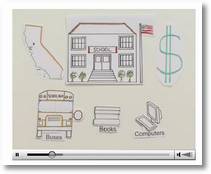
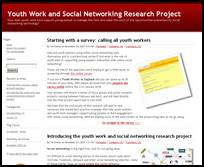
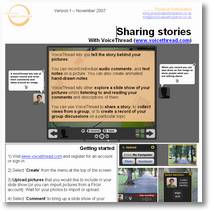


.jpg) Reason #1: Relevance . We don't generally get 6 year olds to fill in surveys. And indeed, if your survey is about insurance product choice then I would suggest you're right to avoid burdening a child with questions about attitudes towards fiscal risk.
Reason #1: Relevance . We don't generally get 6 year olds to fill in surveys. And indeed, if your survey is about insurance product choice then I would suggest you're right to avoid burdening a child with questions about attitudes towards fiscal risk.
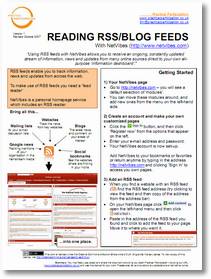
 In his speech at the
In his speech at the 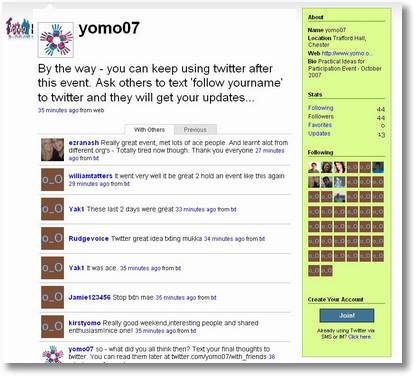
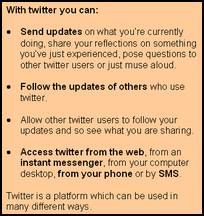
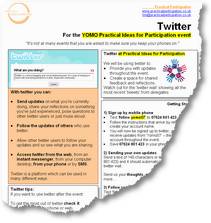 It cost us nothing to set up. And it provided some really insightful gut-reaction instant feedback throughout the event.
It cost us nothing to set up. And it provided some really insightful gut-reaction instant feedback throughout the event.